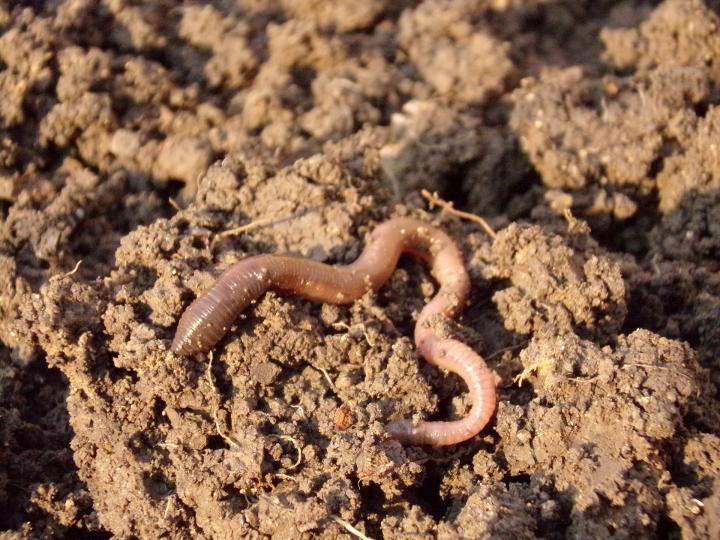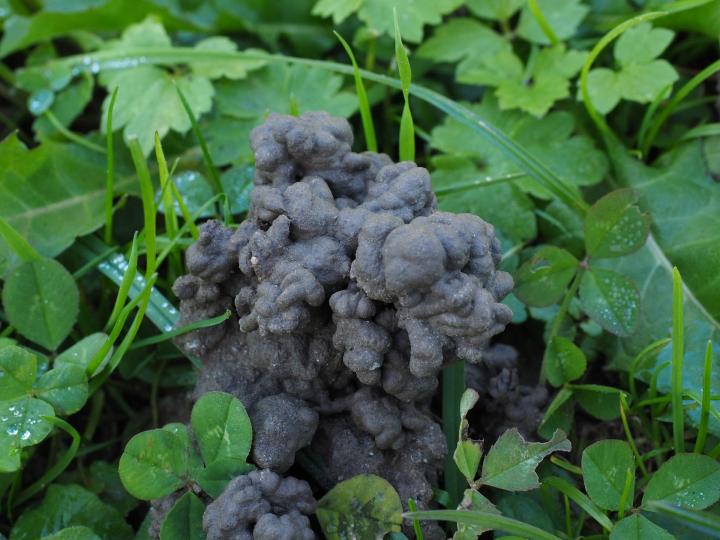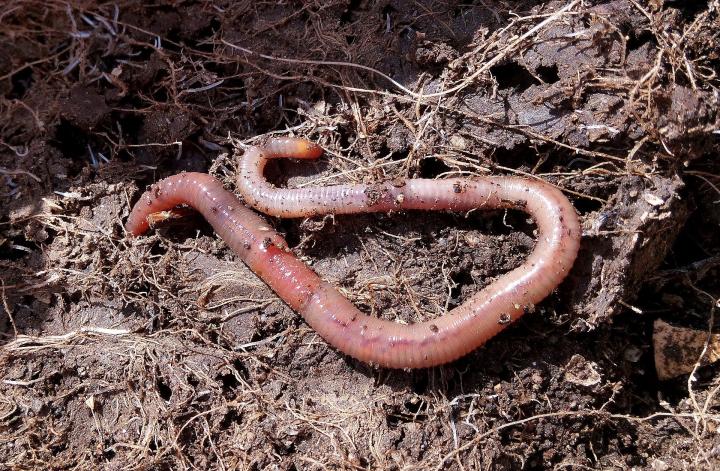
Benefits of Earthworms
Become a better gardener! Discover our new Almanac Garden Planner features for 2024. It’s easy, fun, and free to try!
ADVERTISEMENT
Are pine needles OK as well as leaves?
Richard-
Typically, worms avoid pine needles, most likely due to their smell.
Thanks for asking!
How can one attract or get earthworms in containers within a greenhouse? Containers are not on ground level….
Have a look at Wormbox.ca to buy compost worms (Red Wigglers and European Nightcrawlers) in Canada. Wormbox is a real ecologicial urban worm farm in a 1700 square feet warehouse in Montreal, Quebec and ship anywhere in Canada. Their compost worms are raised with a philosophy of circular economy by using organic matter that would otherwise be sent to landfill, such as cardboard boxes, coffee grounds, fruits and vegetables thrown away by local grocery stores, that they transport with an electric cargo bike. All the supplies needed to start vermicomposting is available to order: worm farms, bedding, beneficial nematodes and diatomaceous earth. Even their own nutrient-rich worm castings is available to help your garden and indoor plants grow.
Hello,
How can I attract worms to an established garden that has poor soil? Is layering compost and manure the best method, or should I dig compost in around plants if I'm able? I have a daylily garden in clay soil with virtually no worms despite adding compost to the planting holes at planting time. As a result the plants are lackluster.
Thanks for your help.
Heavy clay soil is not their favorite situation. Add as much compost and rotten manure as you can to build up the organic matter in your soil. You can dig it in if you want to or just layer it on top of the soil. The worms that are present in your soil will tunnel up and bring it back down into the soil.
just try to Reduce tilling your soil.
Leave organic matter on the surface.
Add manure and compost.
Ditch the chemicals.
Use an organic mulch to keep soil moist and cool.
Water. Earthworms need moisture to live since their bodies are 80% water, but because they breathe through their skin, too much water can drown them.
Soil Texture. They prefer loamy soil. Overly sandy soil is abrasive and dries out too quickly.
Acidity. They prefer a neutral pH of 7 but will tolerate 5 to 8.
Temperature. Earthworms are cold-blooded so 50 to 60 degrees is optimum. Populations fluctuate naturally with the seasons. Adults die off in the summer and young ones hatch out in the fall. Over the winter they burrow deep below the frostline. Some species winter over as eggs and hatch out in the spring.
.....Earthworms aerate the soil and improve drainage. Chemical pesticides that kill off life within the soil leave the soil compacted, an inhospitable environment for growing plants. Basically the soil then serves as just a medium in which to physically hold plants upright, requiring the use of synthetic chemical fertilizers to provide what the soil no longer does: nutrients. Compacted soil also contributes towards flooding.
.....It's been a big problem in India on account of genetically-modified cotton and associated use of toxic pesticides. Fortunately, there's been a movement towards biodynamic & organic gardening to restore the once-precious resource of loose, aerated soil teeming with LIFE, thanks in large part to "worm obsessed" Peter Proctor, may his soul rest in peace.
I'd like to know the answer to Jane's question too. As well as how many per bed for the size we put in. We built 5 beds. Each bed is 5'x10' x 20" deep. We got screened top soil, mixed with mushroom soil and some sand for the beds.
If you build it, they will come. To speed things up, if you have worms in other parts of your garden, you can dig up a few and toss them into the new beds. If they like the accommodations, they will stay and populate the new area.














